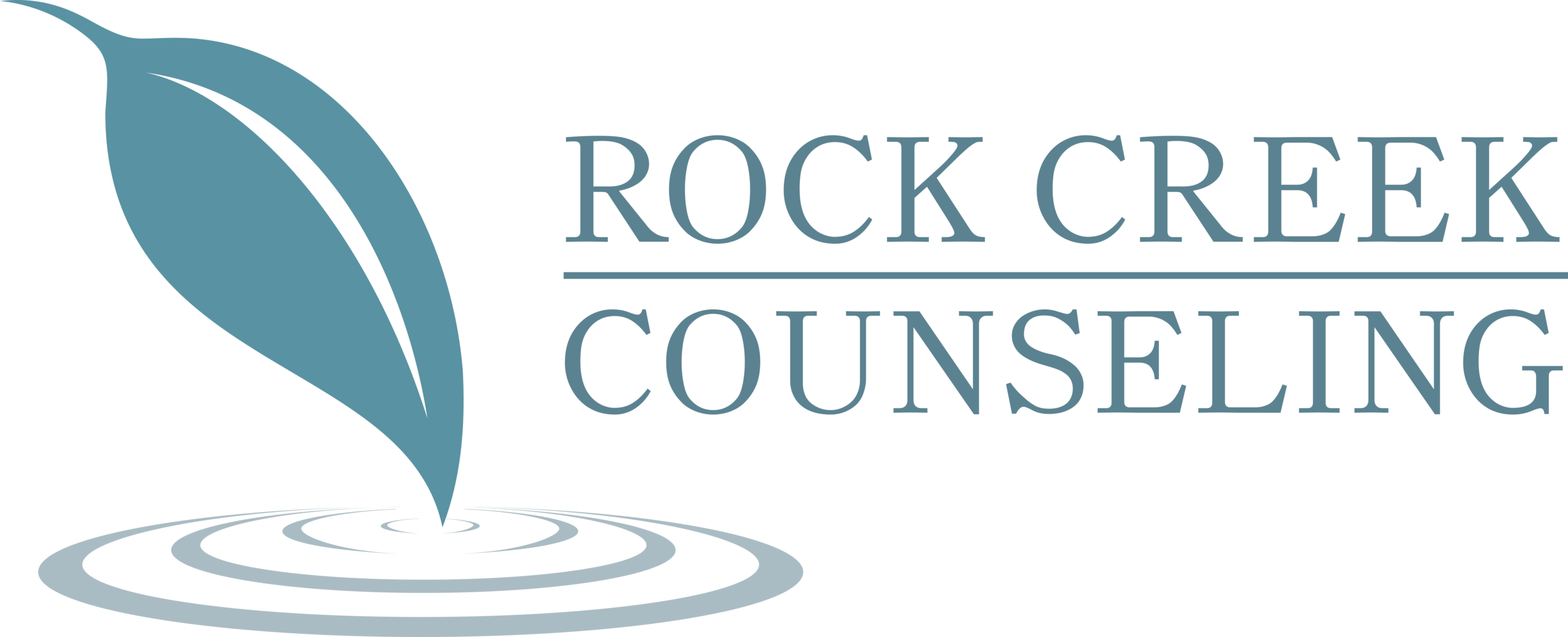Creating A Life of Comfort & Simplicity: All About Hygge
The holiday season is upon us. No matter what this season represents for you, one thing’s for certain: we are all bombarded with the “holiday hustle and bustle” — blinking lights, overplayed music, and ads galore.
Talk about sensory overload!
And while you may enjoy the merriment, for many, this can be a stressful time of the year — leaving many feeling overwhelmed and uncomfortable, over-extended, and emotionally drained.
But there’s a solution: meet hygge. If you’re not familiar with this funny looking word and what it represents, you’re not alone!
What Is Hygge and How Do You Pronounce It?
Hygge is a Scandinavian term embraced by the Danish as a way of life embodying coziness and tranquility, fostering feelings of fulfillment and well-being.
Pronouncing hygge is a feat in itself. In English, hygge is pronounced HEW-guh. Easy, right?
It’s even easier to adopt a hygge lifestyle. Hygge is a fluid concept and lifestyle — it looks and feels different for everyone. No surprise the word can be used as a noun, verb, or adjective.
What makes you feel at ease and carefree?
Is it snuggling under the weight of a soft blanket with a warm cup of tea and a good book? Is it a rejuvenating and long, luxurious soak in the tub enveloped by the glow of candlelight? Or maybe hygge for you is an intimate gathering with close friends and family spending quality time together.
Next, let’s explore the core principles of hygge.
What Are the Core Principles of Hygge?
The author of “The Little Book of Hygge,” Mike Wiking shares 10 principles associated with hygge: Atmosphere, Presence, Pleasure, Equality, Gratitude, Harmony, Comfort, Truce, Togetherness, and Shelter.
In practice, hygge is a philosophy you can adopt in your life. Take time to appreciate and acknowledge the small joys in life such as quietly and lovingly admiring from afar the sweet moments of children interacting, of old friends chatting, of a kind gesture at the grocery store.
Or instead of begrudgingly walking around the block to meet your cardio goal for the day, be present in the moment and admire the crisp air and quiet solitude of early morning just before sunrise.
During mealtimes, put all devices on silent mode and away from your gathering space to eliminate distractions and to commune with yourself or those with whom you gather.
How to Weave Hygge Practices into Your Everyday Life
First, define what hygge means to you. There is no right or wrong way. Reflect on what brings you joy and happiness and start there. Maybe take a peek in your daily gratitude journal for inspiration, if you keep one.
Use what you have in your home to create your ideal hygge space
To achieve hygge don’t rush out and buy anything new. In fact, buying new items is not the “hygge way,” loving what you already own is more aligned with the hygge philosophy.
Rather, look around your home and use things you already have — grab those candles from the top shelf in the closet, dig out that box of incense in your junk drawer, and pull out the old quilt you have tucked away under the bed.
Determine what daily practices ground you
How do you manage throughout the day? What are those activities that bring you back to center when you feel off-kilter?
Is it journaling?
Is it 5 minutes of resonant breathing?
Is it meditating in the morning lying in bed before your feet touch the floor?
Discover how you like to experience nature
It’s science. More fresh air equals more oxygen. And as you breathe in more oxygen, your serotonin (the happy hormone) levels rise.
Spending time out in nature, sitting on your doorstep, or casually walking down the street provides an opportunity for you to step outside and away from the demands of everyday life to marvel at your place in the world.
Cultivate interpersonal relationships
We are social beings. Our platonic or romantic relationships are fundamental to who we are, how we see the world, and how we define our belief systems.
Is there someone at work you’ve been meaning to connect with or has your best friend from childhood been on your mind lately? Reach out.
Interpersonal connections allow you to be seen or heard, help to build your confidence, create feelings of security and belonging, and reduce instances of depression and anxiety.
Understand your triggers and practice stress-management
What sets you off? What catches your breath as your shoulders inch up toward your ears?
Stressors are everywhere. And there’s no avoiding them. They exist as we exist. But you can control how you react to them.
To do so, identify tools to help you navigate life’s challenges:
Seek the assistance of a therapist or counselor
Adopt a workout regimen like walking or pickleball
Engage in breathwork exercises throughout your day
For many of us, it’s a combination of these tools that equip us to navigate the challenges of life.
Whether you’re searching for a coping mechanism to endure the holiday season or new year — while keeping your mental health intact — or you’re looking for a change of pace, hygge may be for you.
Hygge is a feeling, an attitude, an experience, and a state of being. Explore what hygge means to you and take the next step to living a happy, healthier life.

